Parents everywhere will attest to how crazy home life with children can be. It is normal for most children to often need attention and engagement from their caregivers, siblings, or friends. At the best of times, this constant stimulation can be exhausting for a parent. When children are sick, it is typical for them to need their loved ones more than usual... demanding snuggles, mind-numbing television, and contact naps.
To be honest, I can think of worse scenarios. My littlest one is growing up faster than I like, and the cuddles and contact naps are becoming less with each passing day... As a parent who works full time with a job that involves crisis intervention and time-sensitive tasks, I am often taking phone calls that
deal with emergency situations. Taking these calls and interrupting Cocomelon snuggle time is a recipe for disaster for everyone. Too often have I had to try to think on the spot and give directives to my staff, while having a little one scream-crying that I have broken contact with them to—Heaven forbid-- work.
Is this striking a chord for anyone else? So what can a parent do if they are working from home while also trying to manage a sick little one?
I returned from my maternity leave while many of the COVID restrictions were still in place. My daughter had just started daycare, my step boys started to attend school more regularly, and I was still working from home as my physical office building was closed. The daycare and school at that time had
very strict protocols around children showing any COVID symptoms needing to isolate for up to 10 days. Those early days after my return from work involved a lot of juggling work and taking care of sick children. Never mind that I, too, was contracting everything that was being brought home by my 3 kids.
I did a lot of learning around how to make everyone (mostly) happy through trial and error during these days. Here are some tips on how to make these days go as smoothly as possible for everyone:
Planning ahead:
- If you are a new parent or returning to work from a parental leave, see about having a return-to-work discussion with your supervisor or Human Resources department before returning to work. In this discussion, you can talk about the reality of your (new) situation and what it will mean for you as a parent and as an employee. Strategize accommodation for when you inevitably have to be home when a child becomes sick. This accommodation can include working from home, adjusting certain tasks or your role, or making up lost hours at a different time when your child isn’t home sick.
- Talk to parents, relatives, friends, and professional caregivers who are comfortable with helping your sick child even for short periods of the day. Their presence can distract them and take some of the stress off of your shoulders if you are able to work from home. Or, if you can’t work from home, you can rest assured that your child is in good hands with a trusted caregiver.
Setting expectations:
- For children: Explain to your children in age-appropriate ways that you need to continue to work when they are home sick. Explanations such as, “I need to keep working so that I can pay for toys/rent/dance lessons/etc” can be helpful for children to understand why a parent’s work day doesn’t stop when a child is sick. Set reasonable expectations for your children around time spent with you and time spent alone while you are working. Remember that older children will understand set expectations easier than younger children, and younger children may physically need you more than older children.
- For yourself: Set reasonable expectations for yourself, too! Not many parents can give 100% of their usual output with children around, let alone sick children who need their parents more often than normal. If you can, move some tasks around to allow for breaks where you can spend time with your children so that they aren’t feeling lonely. Talk about what the work day looks like, and be prepared (and patient) to give reminders (“Remember that I have to make a call for work soon, but after that I will play with you.”).
- For everyone: Remember how you feel and what you need when you are sick and empathize with your children during this time. Many people have low energy, low focus, want to graze on simple foods (if they have an appetite at all), and need comfort, fluids, and rest when feeling unwell. Remember that children likely want and need the same things as you when they’re sick. Try to loosen up on some of the typical rules and expectations; you can get back on track once everyone is feeling healthier.
Keeping children occupied:
- One way to make the situation of being home sick more fun is to have a special box of activities and toys that only come out during these days. You can include quiet activities that children can engage in that don’t require a lot of concentration such as colouring books, picture or easy-to-read books, fidget or other sensory toys, plush toys to cuddle, etc. Try involving your children in the creation of their special boxes ahead of time when they’re feeling well.
- Have a tablet or TV set up, charged, and available to watch movies or shows. This is especially helpful for when you need to make and take phone calls or meetings that you can’t reschedule. Incorporate breaks from screens by also taking breaks and being with your children.
Other considerations:
- Try to plan meetings or important phone calls around nap and quiet times. I did this a lot when my youngest was sick and it worked extremely well for both of us! I was way less stressed about needing to split my attention between her and work knowing that a good stretch of uninterrupted work time was imminent.
- Don’t be afraid to ask for help! This can be asking for someone to help occupy your child (even for a couple of hours) while you focus on work or talking to your supervisor about the situation and asking for what you need to help things go smoother.
- If you have a partner who can also work from home, split up your days and work as a team to take care of your children, your workday, and yourselves. This can be helpful and less disruptive for the sick child if one parent needs to quickly run an errand.
- Have go-to snacks readily available for your children (and you!). Snacks such as crackers, low-maintenance fruits (berries, bananas, apples, or grapes) and vegetables (bell peppers, carrot sticks), juice boxes, and yogurt tubes are easy to give to your children when you’re trying to focus on work.
- Breaks are helpful to everyone. If the weather is nice, consider going for a short walk or even sitting outside. Sunlight, fresh air, and exercise is healing in so many ways!
The early days of taking care of children when they’re sick may seem daunting and stressful if you are a parent needing to work. Planning ahead by having conversations with personal and work relations, preparing activities and schedules ahead of time, and talking about the expectations and realities of working from home with your children will help everyone to have an easier time with adjusting to the situation.
Best of luck and gentle hugs. You got this!
All the best,
Krista, KKH Postpartum Doula
Original Posted on: https://www.kkhdoula.ca/blog#/
Published by Krista Kirkpatrick-Hatch
Certifying Postpartum Doula

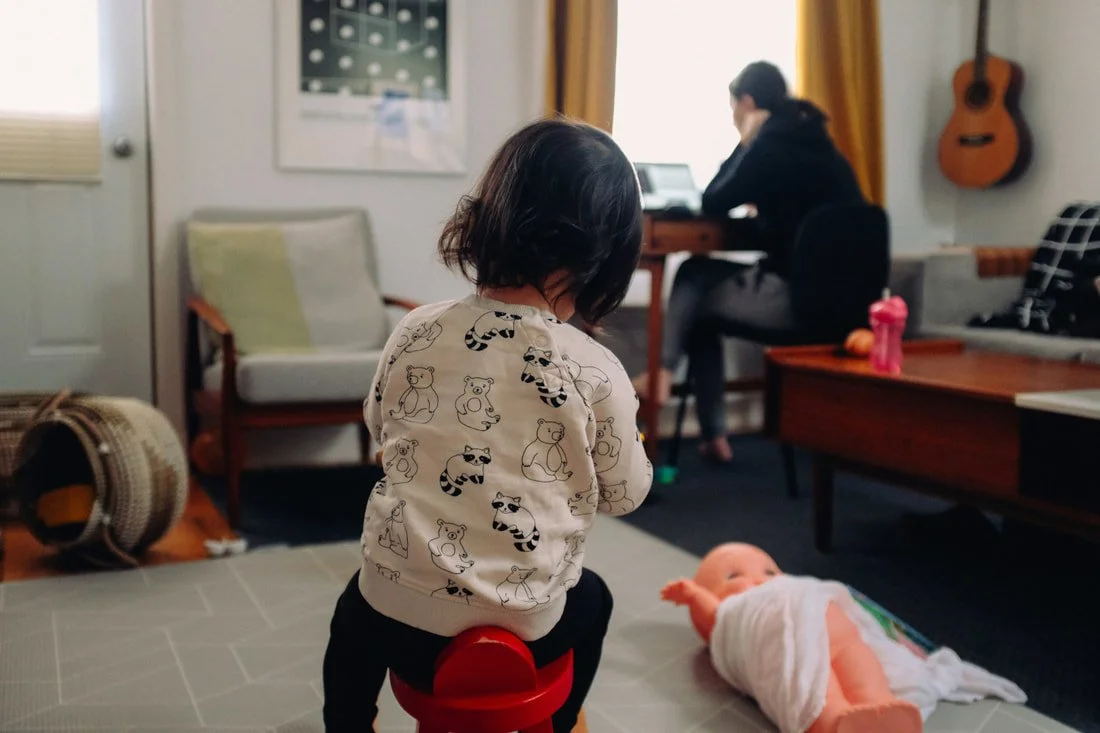
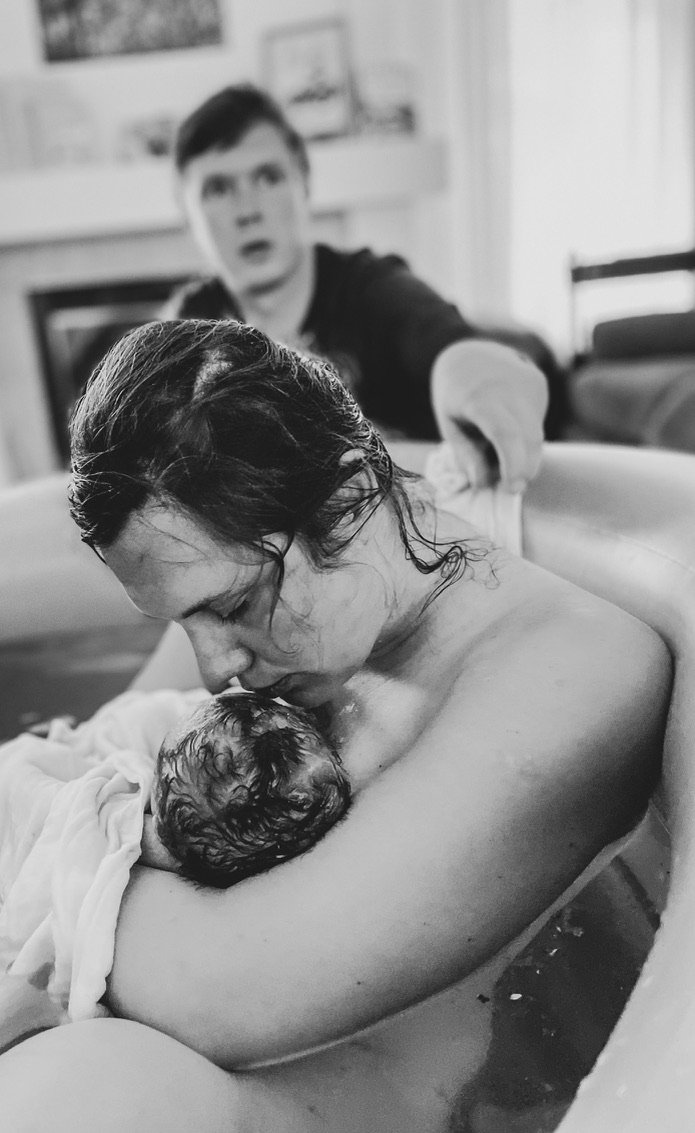

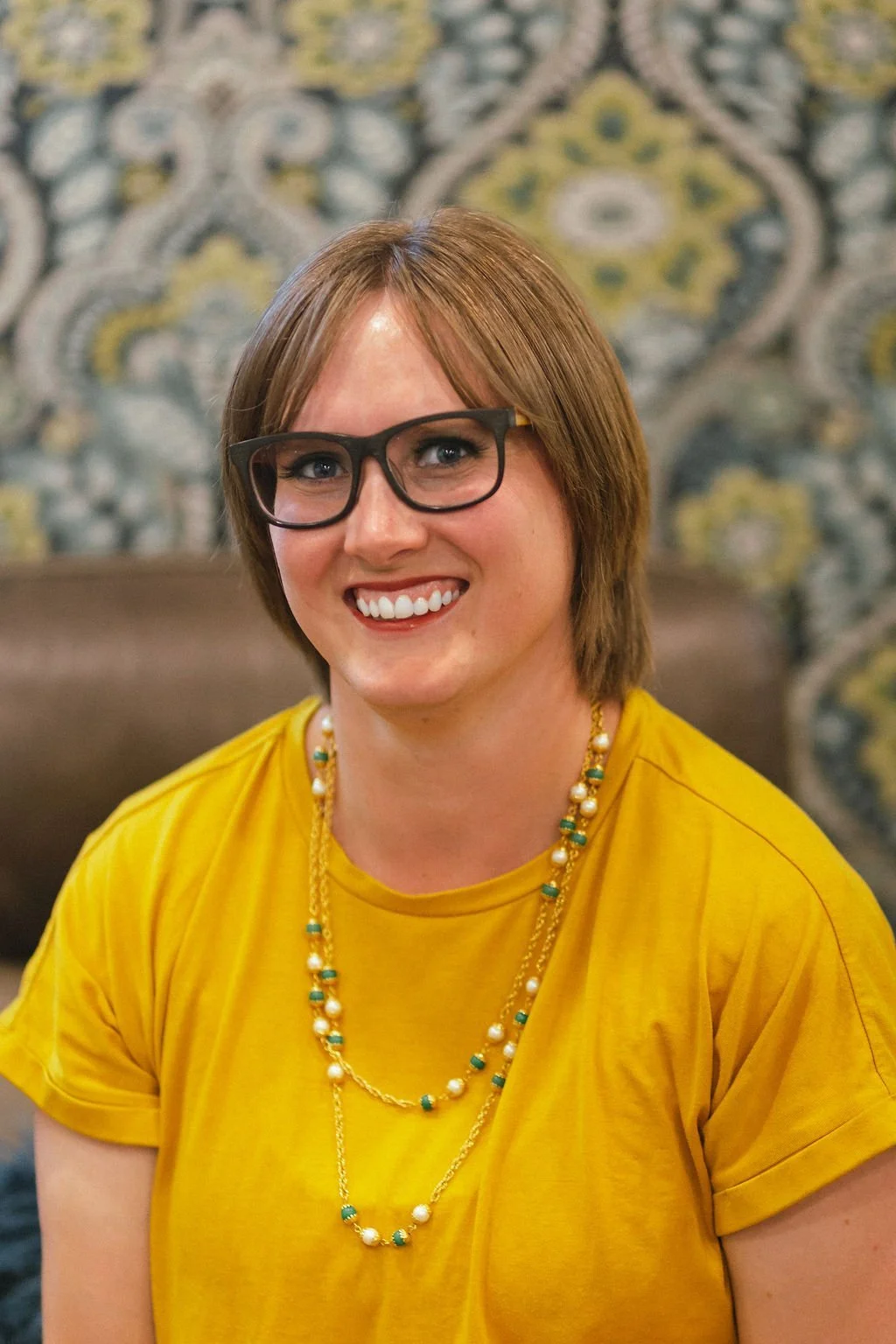

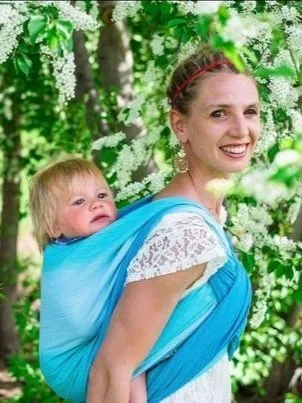










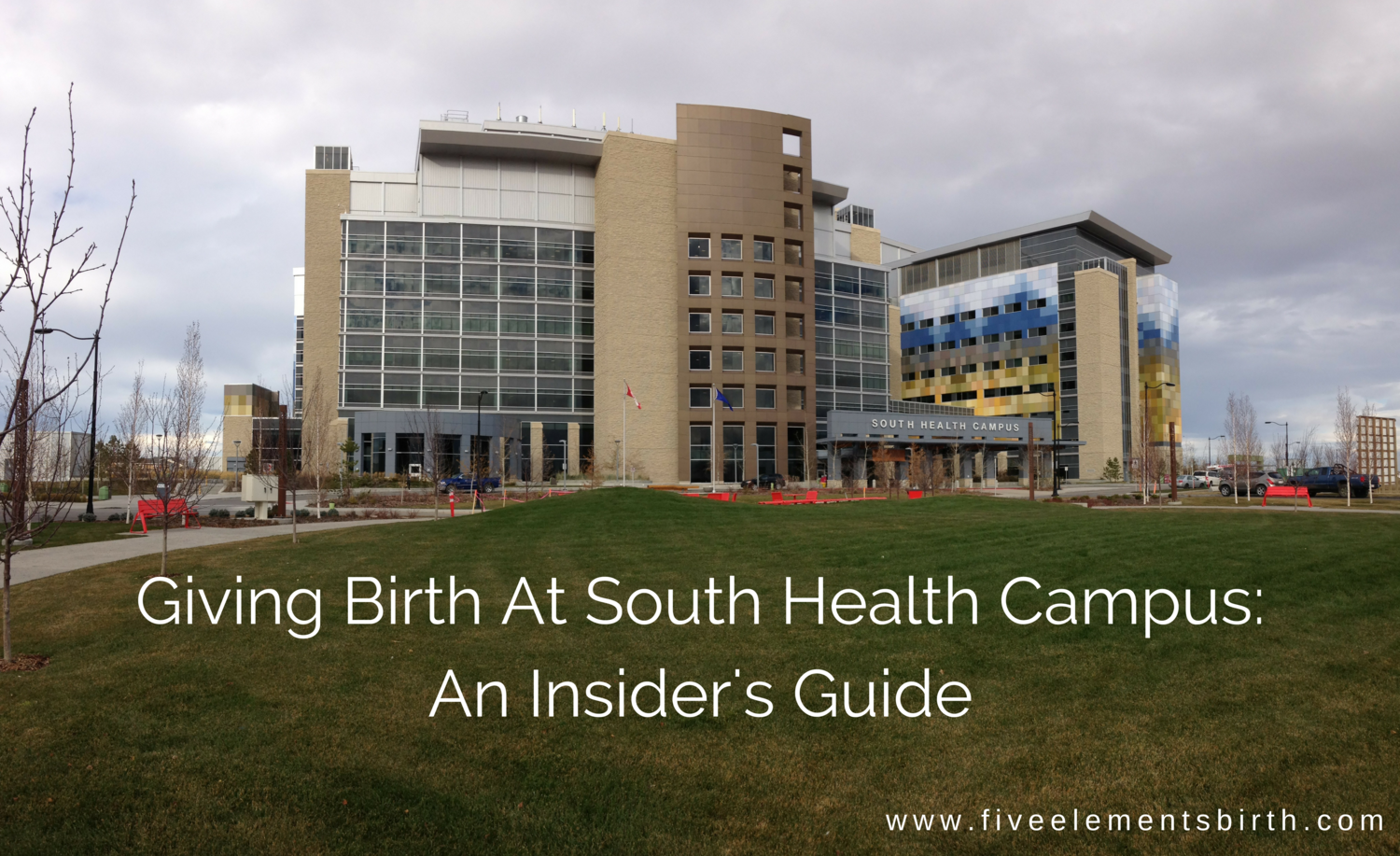




![By User:Thivierr (Digital camera photo taken by uploader) [GFDL (http://www.gnu.org/copyleft/fdl.html) CC-BY-SA-3.0 (http://creativecommons.org/licenses/by-sa/3.0/)], via Wikimedia Commons](https://images.squarespace-cdn.com/content/v1/5813b8115016e1a5b61f23d5/1485986211857-ISFF8AQ6PG1E4YU39NZY/FMC.jpg)





